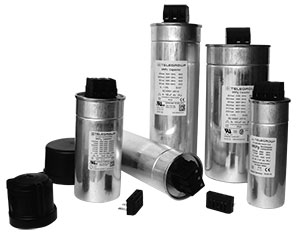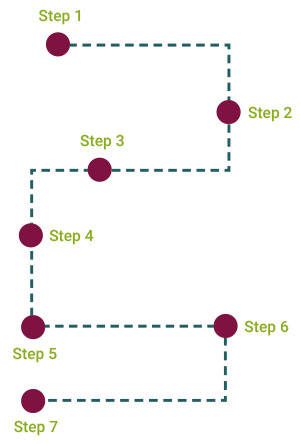LV power factor correction > Solutions with Nitrogen Gas filled Capacitors
Gas filled capacitors

MKPG

While the winding of any single-phase or three-phase capacitor is made with a metallised polypropylene film, there are three different possible types of filling.
Viscous resin/oil and bimetallised paper are the "classic" filling systems for single-phase and three-phase capacitors.
The aforementioned filling systems do not guarantee against:
• Air/moisture infiltration inside the cylinder, which is the main cause of capacitor breakage
• Fire propagation
• Failure to activate the overpressure device with consequent explosion (viscous resin type
Nitrogen gas (N2) filling, used in our Three-phase Capacitors, has been for the past 20 years been the most reliable, safe and long-lasting technology. Nitrogen gas (N2) capacitors have been tested and approved by renowned certification bodies and are currently marketed and sold successfully all over the world. It should however be noted that technical competence and know-how are the only key factors to guaranteeing a safe and reliable product.

One of the main problems that needs solving in capacitor production processes is moisture.
It requires adequate attention during the filling phase, since the presence of moisture inside the cylinder substantially compromises the life of the capacitor.
With cylinder filling in Nitrogen Gas (N2), possible air/humidity infiltration is entirely avoided, because Nitrogen is a “dry type” gas and therefore without moisture.
Nitrogen in fact is also used in other specific areas, for example for removing the same moisture from various conductors/pipes.
In addition, Nitrogen is a non-flammable gas and therefore the risk of a probable fire due to Capacitor failure is also eliminated.
These characteristics mean that the Capacitors are constructed following an excellent quality standard already from the production process, which is then reflected in the application phase.
STEP 1 - The windings (pre-assembled) are positioned in the cylinder.
STEP 2 - The (fixed) cover is positioned on the cylinder and wiring is inserted from the holes on the IP20 terminal.
STEP 3 - The capacitors are placed in the "drying chamber".
STEP 4 - 2 terminals are welded, leaving only the central terminal open.
STEP 5 - The capacitors are filled with Nitrogen Gas (N2) from the central terminal, which is immediately welded.
STEP 6 - The capacitors are placed in the “test room” to detect any possible gas leaks.
The hermetic sealing is a measure that prevents leaks and testing checks the seal.
STEP 7 - Thanks to a special tracer gas, each individual capacitor is tested in conditions that far exceed the real leak conditions. We have not for the past 20 years have any reports in the field of moisture penetration or consequent loss of capacity.
MKPG
MKP440G
Three-phase cylindrical Nitrogen (N2) Gas filled Capacitors, from 2,5 to 25 kVAr at 400 V 50 Hz as standard (others on request), Rated Voltage 440 V, equipped with IP20 terminal and overpressure safety device
MKP480G
Three-phase cylindrical Nitrogen (N2) Gas filled Capacitors, from 4 to 33 kVAr at 480 V 50 Hz as standard (others on request), Rated Voltage 480 V, equipped with IP20 terminal and overpressure safety device